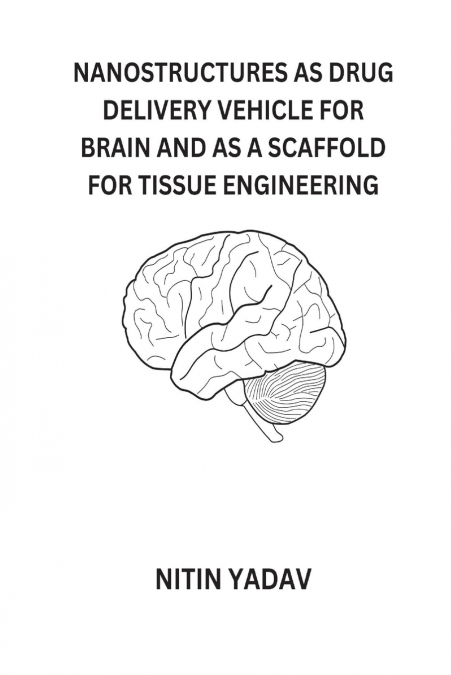
 Librería Desdémona
Librería Desdémona
 Librería Samer Atenea
Librería Samer Atenea
 Librería Aciertas (Toledo)
Librería Aciertas (Toledo)
 Kálamo Books
Kálamo Books
 Librería Perelló (Valencia)
Librería Perelló (Valencia)
 Librería Elías (Asturias)
Librería Elías (Asturias)
 Donde los libros
Donde los libros
 Librería Kolima (Madrid)
Librería Kolima (Madrid)
 Librería Proteo (Málaga)
Librería Proteo (Málaga)
The brain, administrator of the whole body is a delicate and soft organ of the body thatcontrols and regulates most of our abilities to think, see, feel, hear, and much more. Theadministrator has very tight security unlike other organs called the blood-brain barrier(BBB) which allows only limited things to enter the brain. The protection (BBB) is fullof a series of defences that helps to protect the brain from most of the internal andexternal threats. The presence of these protections, most importantly BBB, also offersdifficulties to treat any disease condition in the brain. But, the advancement inneuroscience and drug delivery research has accorded many possible ways to bypass,open, or cross this barrier to treat brain diseases effectively including cancer.BBB is provided with a layer of endothelial cells which also cover the outer layer of allother organs and blood vessels in the body. Generally, this endothelial cell layer hasgaps to allow passage of different important materials including nutrients andmedicines through the layer. But, in the case of brain, these gaps are covered andblocked with proteins that restrict and controls the passage of materials through thelayer. For example, necessary items like glucose, insulin and oxygen are allowed whiletoxins, bacteria and most of medicines are not allowed.Brain cancer is a rapidly expanding disease affecting a large population and is the 10thdominant cause of mortality. The survival rate for brain cancerpatients after starting the treatment with radiation and chemotherapy is less than a year. Treatment of brain cancer with chemotherapeutics is very limited due to the presence of BBB and therefore their restricted entry to the brain. Strategiesacquired to deliver chemotherapeutic drugs to brain include both invasive and noninvasivetechniques. Invasive technique includes chemical or osmotic opening of BBB whilenon-invasive technique includes enhanced transcellular transport by modifying the drugto increase their lipid solubility, inhibition of efflux transporters, use of chimericpeptides, trojan horse approach, intranasal delivery and use of transport or carriersystems.The non-invasive carrier system-based strategy utilises delivery of drugs to braintumors using nano-sized particle systems and this strategy found to have significantpotential in improved therapy of brain disorders. Nanoparticle delivery systems cancamouflage their cargoes to the brain and can provide sustained release of therapeuticmolecules inside the brain resulting in a longer half-life, protection againstenvironmental conditions, and reduced toxicities. Studies comprising direct as well asintravenous administration of nanoparticles loaded with therapeutic agents into thebrain have shown promise in the treatment of brain cancers. But, complex synthesis procedures, low biocompatibility andbiodegradability, and toxicity problems of nanoparticle delivery systems have raisedconcerns for their clinical development.